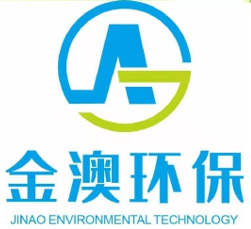Treatment of toxic gases 1. Absorbents and adsorbents used in toxic gas treatment can only be used after their effectiveness is ensured. 2. When handling toxic gas, the staff must wear protective equipment such as gas masks and gloves. Personnel irrelevant to the treatment are not allowed to enter the toxic gas treatment area. 3. The direct discharge of a small amount of toxic gas into the atmosphere must be carried out in remote places as far as possible with the consent of relevant departments. The concentration at the control outlet shall be diluted below the allowable emission concentration. Treatment of combustible gas 1. When the combustion method is adopted, a pressure reducing valve shall be installed to control the speed of combustible gas, so as to make the gas release slowly as far as possible, so that it can be fully burned in the combustion device. 2. For the discharge of combustible gas, if the discharge volume is large, select a place with as few people as possible, pay attention to the prohibition of fire around, and prepare corresponding fire extinguishers, sand and water. 3. To discharge the combustible gas in the cylinder, the staff should stand at the side of the air outlet to prevent the gas from spraying out and hurting people. Treatment of combustion supporting gas 1. The powder, petroleum, grease and combustible substances adhered to the vessel valve or the use appliance can be treated as auxiliary gas only after the bottom is removed. 2. It is strictly prohibited to treat combustion supporting gas and combustible gas near the same place to prevent explosion accidents. 3. There shall be no fire source, combustibles and explosives around the area where combustion supporting gas is handled. Treatment of inert gases Although the inert gas is not dangerous, the concentration of a large amount of inert gas will reduce the surrounding oxygen content and suffocate people. 1. discharge in a proper place outdoors. 2. if the steel cylinder or instrument is indoors, connect the exhaust duct to lead it to the outdoor for slow discharge.
Welcome to Guangdong jin'ao Environmental Protection Technology Co., Ltd website!Main business:Waste gas treatment equipment




